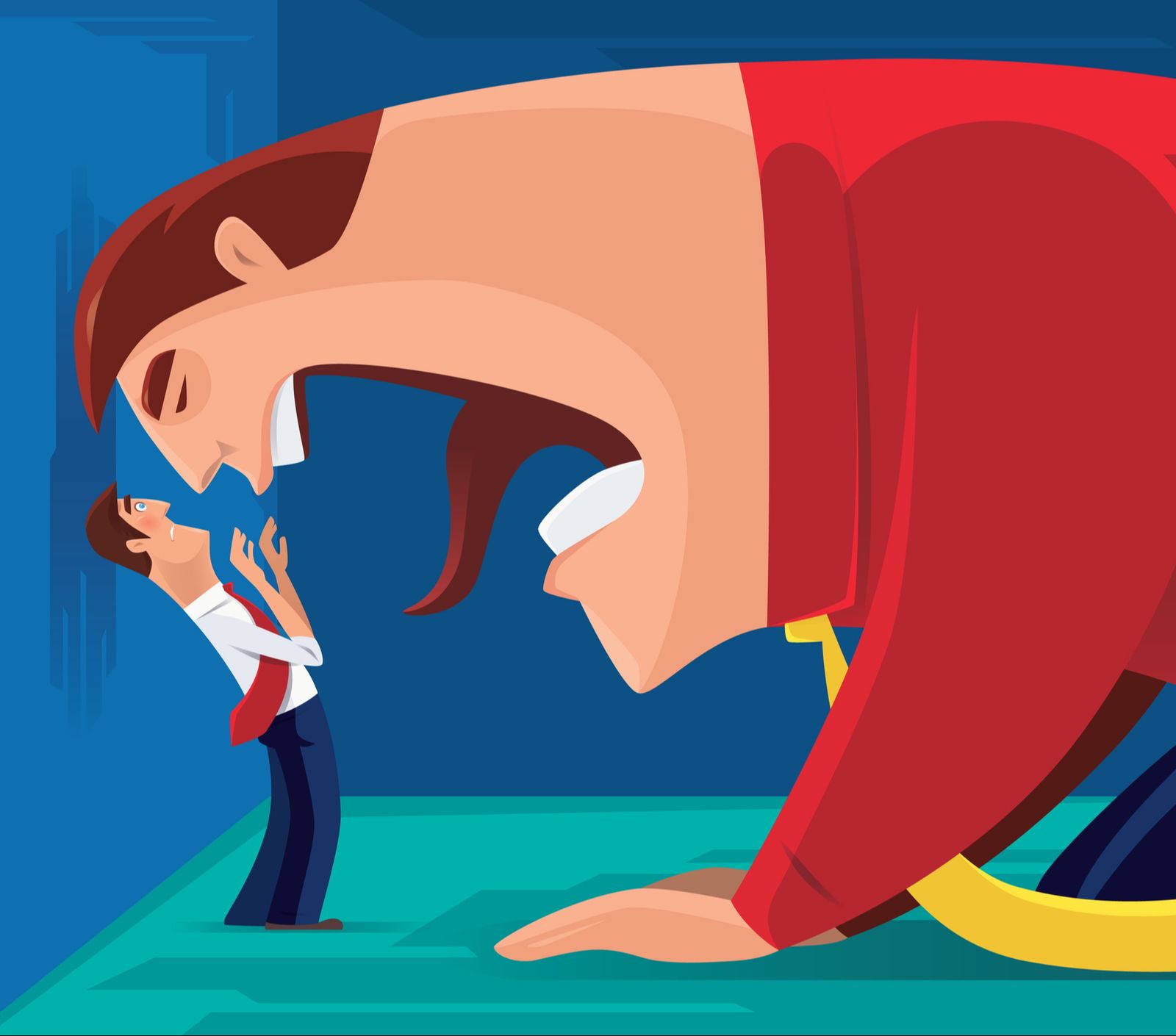Mirror, mirror on the wall, who’s the fairest of them all? The answer: not the organizations led by narcissists. A new paper by University of California – Berkeley Haas School of Business Professor Jennifer Chatman and colleagues shows not only the profound impact narcissistic leaders have on their organizations, but also the long-lasting damage they inflict. Like...
Business
After COVID-19, When Will Las Vegas’ Tourists Return?
From 2007 to 2009, the Great Recession affected Las Vegas more than anywhere else in the United States. The Las Vegas’s economy will, once again, be dealt a difficult hand as a result of the COVID-19 global pandemic, according to Stephen M. Miller, director of the Center for Business and Economic Research (CBER) and economics professor at...
Nike is Pushing for Legislation to Help Fight Against the Import of Infringing Goods
From the methods used to make its most boundary-pushing shoe soles to the ornamental design of the knitted uppers that can be found in its Flyknit technology, Nike’s arsenal of utility and design patents is sweeping. In addition to using those legal protections to try to stomp down on competitors if they veer too close to...
Outcomes Vary for Workers Who ‘Lawyer Up’ in Employment Arbitration Disputes
Conventional wisdom dictates that workers who “lawyer up” in workplace disputes would be more likely to improve their chances at securing a better outcome, but in an alternative dispute resolution context such as arbitration, employers can all but cancel out those positive effects, says a new paper by a University of Illinois expert who studies...
Alibaba’s $38 Billion-Plus in Single’s Day Sales Top Last Year in New Record
Concerns abound about whether Chinese consumers will continue to splurge on luxury goods and other “non-essential” items, with Sanford C. Bernstein revealing “weakening discretionary spending” and “more muted” demand from Chinese customers, thereby, suggesting that “the luxury-goods sector may be close to a ‘temporary plateau.’” While such news does not bode well for luxury brands, according to...
Monopolizing and Monetizing a Color: What is the Value of Tiffany & Co.’s Trademark Blue Hue?
LVMH Moët Hennessy Louis Vuitton is vying for Tiffany & Co. The Paris-based luxury goods conglomerate made a $14.5 billion play for the American jewelry stalwart last month, in furtherance of a quest to bolster its offerings in the fast-growing jewelry market. Just as analysts predicted, Tiffany’s board reportedly rejected LVMH’s initial, unsolicited offer to seek a...
Zac Posen’s Former CFO is Suing the Recently-Shuttered Brand For Unpaid Wages, Expenses
The demise of the Zac Posen brand is not coming without at least one lawsuit, which sheds some light into the winding down of the famed fashion brand. It turns out that a few weeks before Zac Posen announced that it would shutter after 20 years in business, the New York-based womenswear brand favored by supermodels,...
Ken Loach’s New Film on the Gig Economy Tells Exactly the Same Story as Our Research
Ken Loach’s film, Sorry We Missed You, tells the harrowing tale of Ricky, Abby and their family’s attempts to get by in a precarious world of low paid jobs and the so-called “gig economy”. But how realistic is it? Can Loach’s film be accused of undue pessimism? After all, UK government ministers have applauded the...
How Julep Went from the “Fastest Growing Omnichannel Beauty Brand” to Bankruptcy
In less than 10 years, Julep raised over $70 million from major venture capital firms and the likes of Jay Z, created a cult following of consumers itching to buy the 300 different beauty products it was introducing each year, launched a monthly subscription beauty box, amassed sales that tripled during some fiscal years, and...
Embracing Sustainable Practices Would Help Some Winery Tasting Rooms Stand Out
Wineries in the mid-Atlantic region should consider recycling and encouraging their customers to bring bottles to their tasting rooms for refilling to distinguish their businesses from so many others, according to a team of wine-marketing researchers who surveyed consumers. With competition to attract visitors stiff and still growing among the hundreds of wineries in the...










